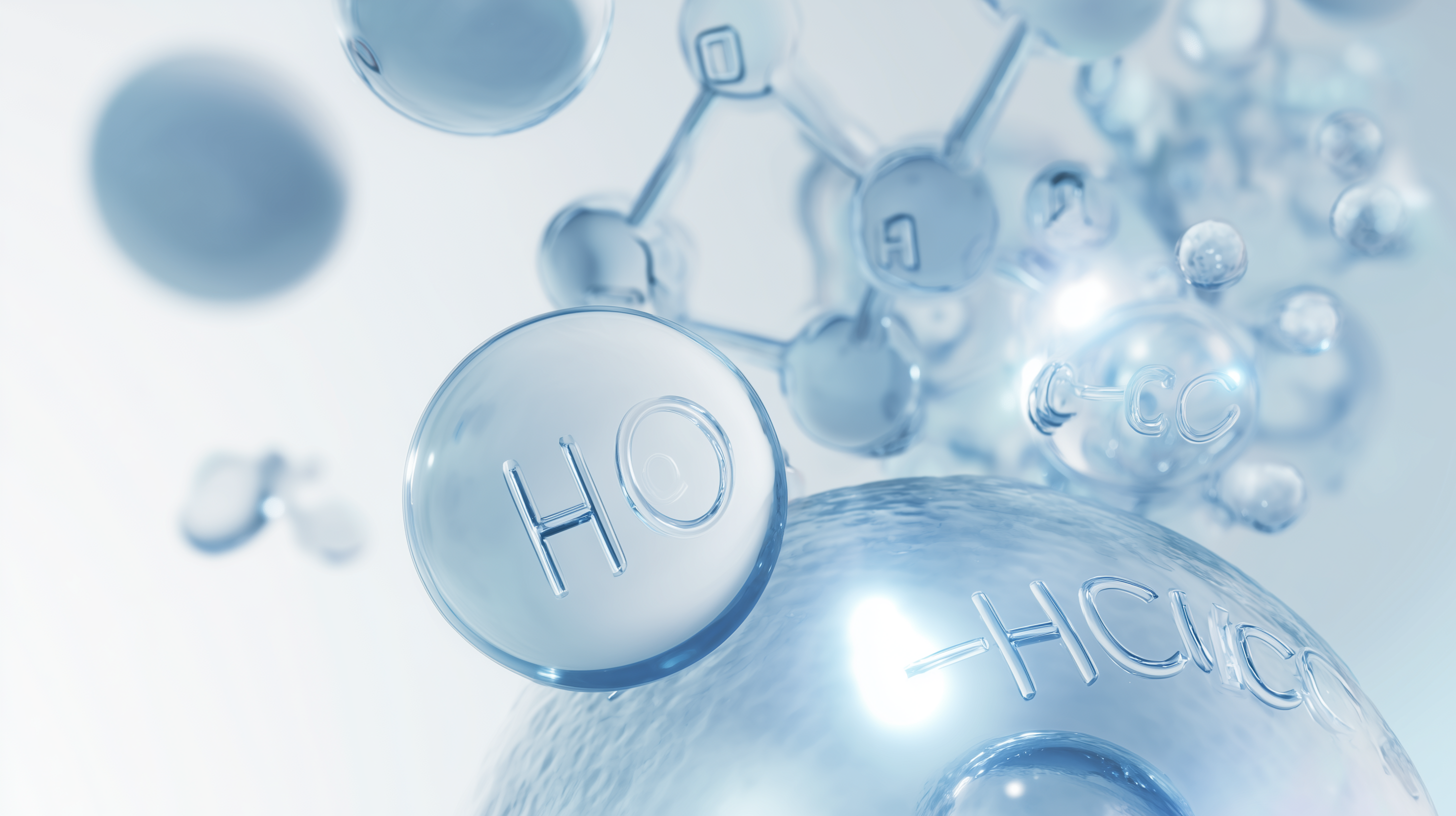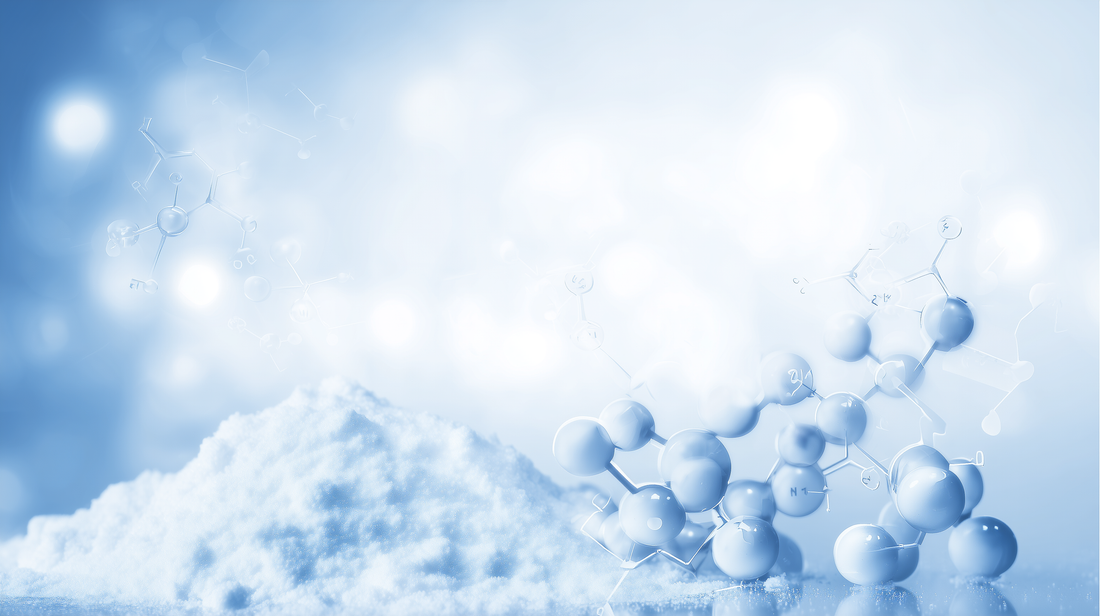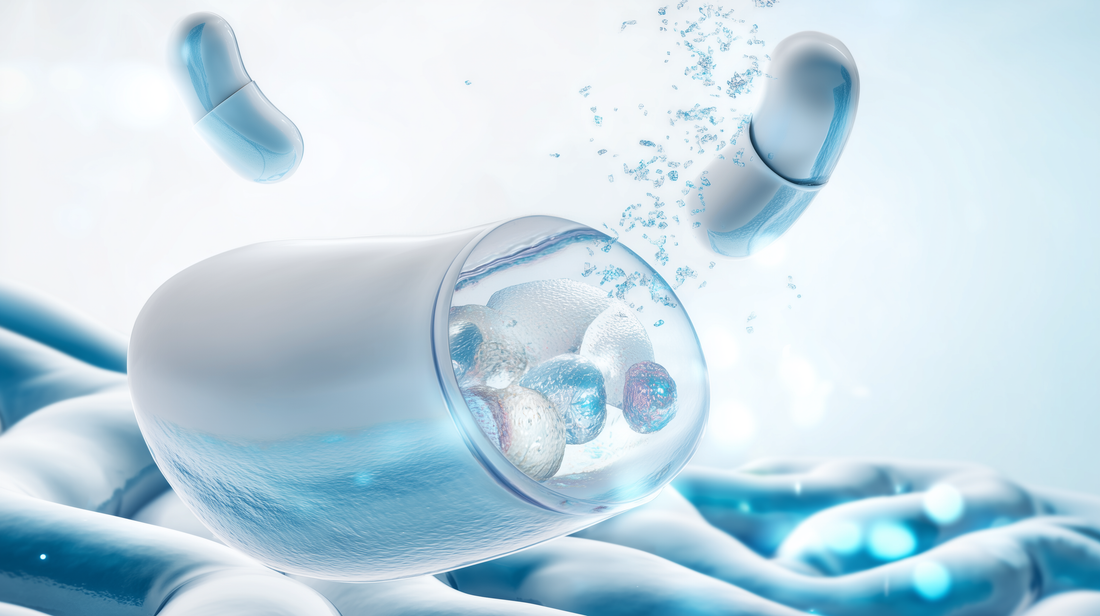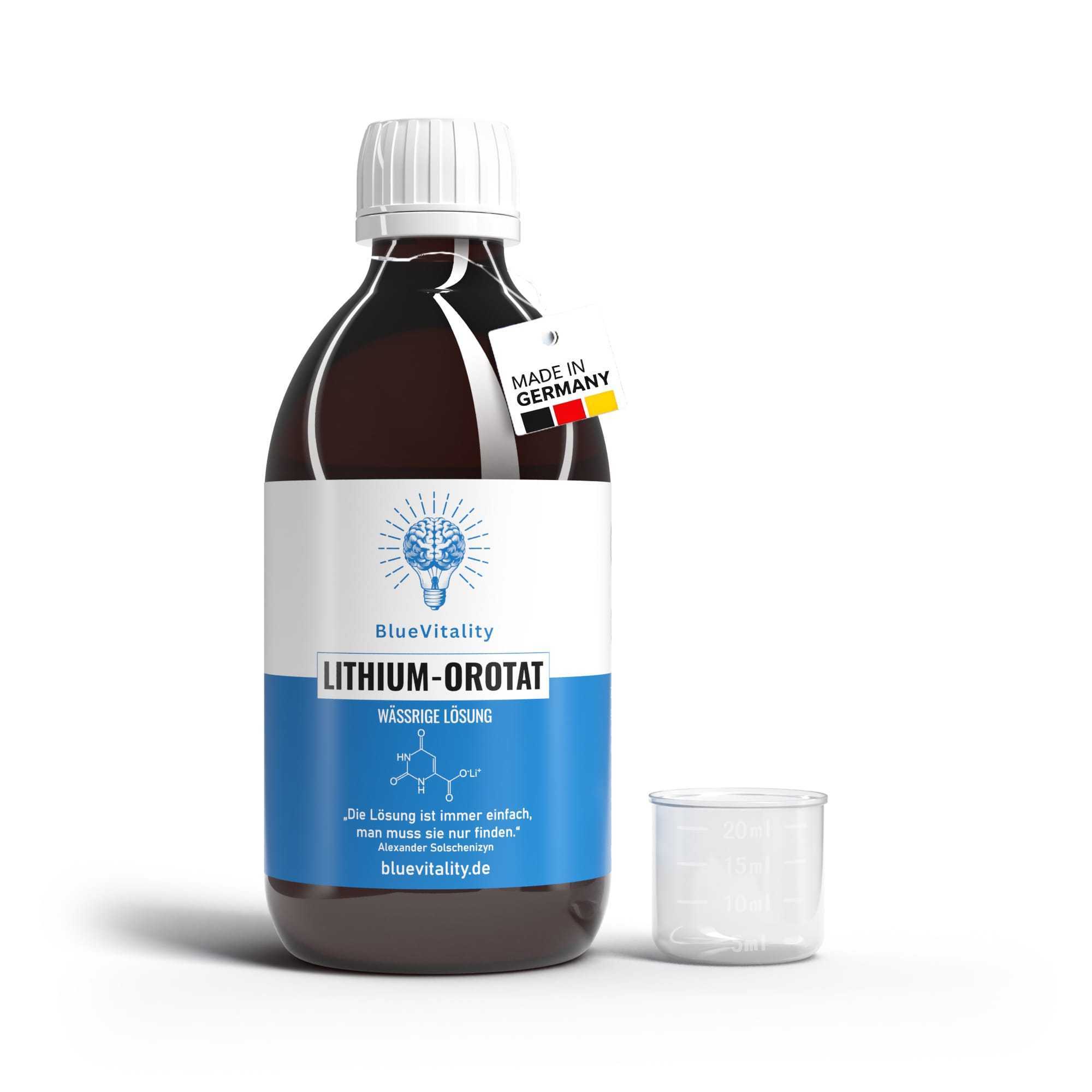Why acid-base balance is so crucial
The so-called acid-base balance describes the physiological state in which the concentration of hydrogen ions (H⁺) in the body is maintained within narrow limits. This balance is a prerequisite for almost all biochemical processes – from enzyme activity and cellular metabolism to oxygen binding in the blood.
The pH value serves as a measure of the acidity of a solution. A pH of 7 is considered neutral; values below this are acidic, and above this are basic. The human body has very different pH ranges depending on the compartment:
-
Blood plasma: about 7.35–7.45 (slightly alkaline)
-
Gastric juice: 1-2 (highly acidic, for digesting proteins)
-
Small intestine: 7–8 (alkaline, for enzymatic digestion)
These differences demonstrate that the body precisely adjusts pH values to its respective function. A deviation in blood pH of just 0.1 units can significantly influence metabolic activity.
To ensure this stability, the organism relies on several buffer systems and control circuits – in particular the lungs , the kidneys and the bicarbonate system .
Sodium bicarbonate – chemical and physiological principles
Sodium bicarbonate (NaHCO₃) , often colloquially referred to as baking soda , is a basic salt of sodium (Na⁺) and the bicarbonate ion (HCO₃⁻) . It reacts with acids to form carbon dioxide (CO₂) and water , which explains its central role as a buffer .
The bicarbonate in the body
The bicarbonate ion occurs naturally in the human body—primarily in blood plasma, interstitial fluid, and the kidneys. It forms a reversible equilibrium system with carbonic acid (H₂CO₃) , known as the bicarbonate buffer system .
The underlying reaction is:
CO₂ + H₂O ⇌ H₂CO₃ ⇌ H⁺ + HCO₃⁻
This system allows the body to quickly absorb excess acids (H⁺) or bases. When acidity increases, bicarbonate binds hydrogen ions to form carbonic acid, which in turn decomposes into CO₂ and water. The CO₂ is then exhaled through the lungs.
Physiological relevance
The bicarbonate system is the body's most important extracellular buffer system . Approximately 75% of the blood's buffering capacity is based on this mechanism. It acts directly and forms the basis for fine regulation by the lungs and kidneys .
How the body regulates pH – Interaction of organs and buffers
The role of the lungs
Respiration influences the pH value via the CO₂ content in the blood. Increased CO₂ (e.g., through cellular respiration) increases the acid concentration. Increased respiration (hyperventilation) releases CO₂, causing the pH value to rise again. This regulation occurs within minutes and serves to stabilize the blood in the short term .
The role of the kidneys
The kidneys are responsible for the long-term regulation of acid-base balance. They can:
-
Recover bicarbonate (reabsorption),
-
form new bicarbonate (new formation),
-
or actively excrete protons (H⁺).
This process takes hours to days, but is essential to compensate for chronic fluctuations.
Blood as a monitoring system
Specialized chemoreceptors in the blood vessels and brain continuously measure pH and CO₂ levels. They control the responses of the lungs and kidneys via the respiratory center and hormonal feedback (e.g., the renin-angiotensin system).
Influence of nutrition and metabolism
Dietary habits, physical activity, or metabolic processes can influence the acid-base balance . For example, the combustion of proteins produces more acids (so-called "non-volatile acids"), while fruits and vegetables often provide base-forming anions. Nevertheless, blood pH remains constant in healthy people—an indication of the efficiency of the body's own regulation .
Scientific perspective on sodium bicarbonate
In research , sodium bicarbonate is examined from various perspectives:
Bicarbonate in metabolism
Studies show that the bicarbonate system plays a central role in maintaining cellular homeostasis . It is involved in transport processes across cell membranes and acts as a cofactor in various enzymatic reactions. Researchers are investigating how changes in bicarbonate levels are related to metabolic states—for example, during intense muscular exercise or metabolic acidosis.
Endogenous regulation vs. exogenous supply
In physiological studies, a distinction is made between endogenous and exogenous bicarbonate intake. The body has sophisticated mechanisms for regulating bicarbonate itself—through CO₂ release and kidney function. Exogenous forms (e.g., in medical solutions) are used in laboratories and clinics primarily for diagnostics or short-term pH adjustment , for example, in blood gas analyses or in cell culture media.
Applications in medicine and biochemistry
In clinical practice , sodium bicarbonate is used under strictly controlled conditions, e.g., to correct severe metabolic acidosis. In biochemical research, it serves as a standard buffer in experiments sensitive to pH fluctuations. Scientific evaluation focuses on understanding and precision—not on everyday applications.
Misunderstandings and myths surrounding “bases” and “acidification”
In public discourse, the term "acidosis" is often used to describe general exhaustion or metabolic problems. From a medical perspective, however , chronic acidosis is only relevant in cases of serious illnesses—such as kidney failure or untreated diabetes.
What research says
The body has very effective regulatory mechanisms . Significant pH fluctuations in the blood rarely occur in healthy individuals, even with an unbalanced diet or intense exercise. Scientists emphasize that the concept of "dietary hyperacidity" is physiologically untenable—it rather describes short-term changes in urine pH, not in the blood.
Serious information
Reliable information comes from peer-reviewed studies , physiological textbooks, and professional societies (e.g., the German Nutrition Society, EFSA). Reputable sources clearly distinguish between scientifically proven mechanisms and popular hypotheses.
Quality and purity – what matters in sodium bicarbonate products
When sodium bicarbonate is used as a raw material or laboratory reagent , purity plays a crucial role. Analytical grade (Ph. Eur. or USP standard) guarantees that it is free of heavy metals or impurities that could interfere with chemical reactions.
Technological aspects
Modern dietary supplements sometimes feature enteric-coated capsules (e.g., DRcaps®) , which offer a delayed release mechanism. Such technologies originally originated in pharmaceutical development and are used for the targeted release of sensitive substances.
Transparency and laboratory analysis
Quality assurance today includes laboratory analyses, purity certificates, and traceability of origin. Companies that disclose this data create scientific transparency—an essential component of responsible research and product development.
Conclusion – equilibrium as a dynamic system
Acid-base balance is a finely tuned, dynamic system. Sodium bicarbonate is at the center of this regulation: It acts as a key component of the bicarbonate buffer system , which, together with the lungs and kidneys, maintains constant blood pH.
Research and physiology show that the human body has highly precise mechanisms to prevent fluctuations. Baking soda is not a foreign substance, but rather part of the natural biochemical balance.
Understanding these processes promotes a deeper awareness of the complexity of the body's own regulation – beyond myths and simplified representations.





